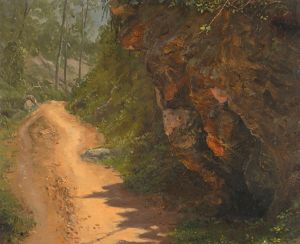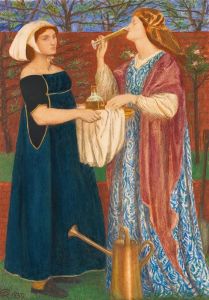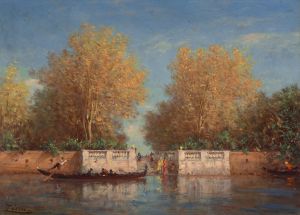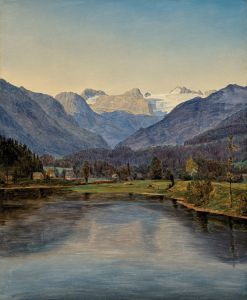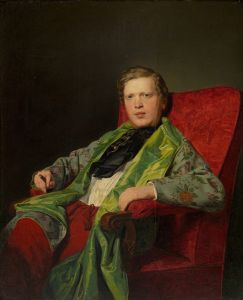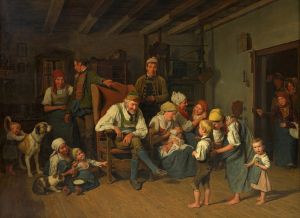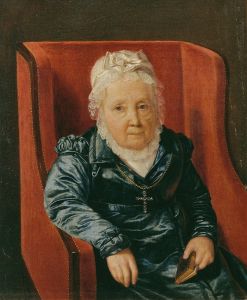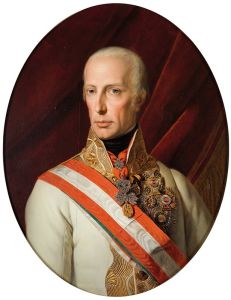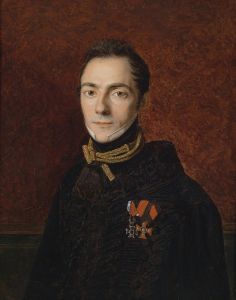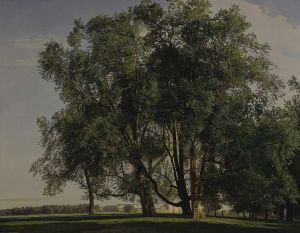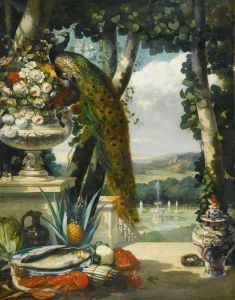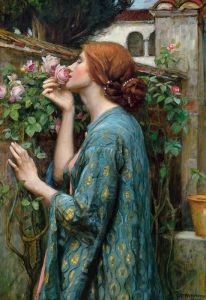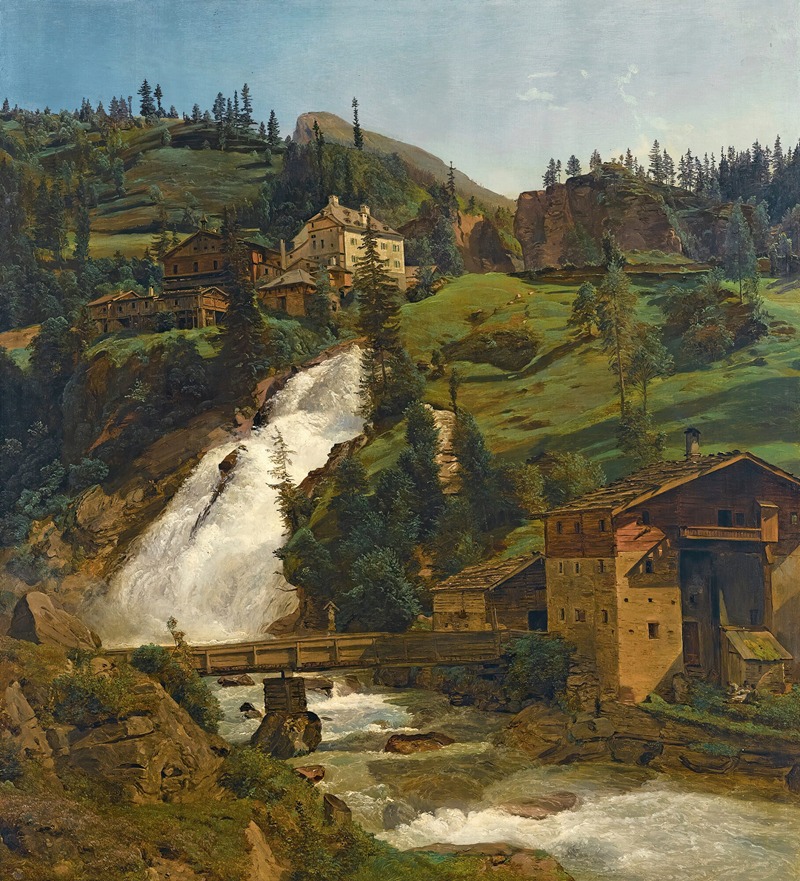
Wildbad Gastein
A hand-painted replica of Ferdinand Georg Waldmüller’s masterpiece Wildbad Gastein, meticulously crafted by professional artists to capture the true essence of the original. Each piece is created with museum-quality canvas and rare mineral pigments, carefully painted by experienced artists with delicate brushstrokes and rich, layered colors to perfectly recreate the texture of the original artwork. Unlike machine-printed reproductions, this hand-painted version brings the painting to life, infused with the artist’s emotions and skill in every stroke. Whether for personal collection or home decoration, it instantly elevates the artistic atmosphere of any space.
Ferdinand Georg Waldmüller, an Austrian painter renowned for his contributions to the Biedermeier period, created the artwork "Wildbad Gastein" in 1825. This painting is a notable example of Waldmüller's skill in landscape painting and his ability to capture the natural beauty of the Austrian countryside. The work depicts the spa town of Bad Gastein, located in the Gastein Valley in the Austrian Alps, which was a popular destination for its thermal springs and picturesque scenery during the 19th century.
In "Wildbad Gastein," Waldmüller presents a detailed and realistic portrayal of the region's dramatic alpine landscape. The painting features a view of the valley with steep, forested mountains and a cascading waterfall, likely referencing the famous Gasteiner Wasserfall, a prominent natural landmark in the area. The composition reflects Waldmüller's meticulous attention to detail and his interest in the interplay of light and shadow, which bring a sense of vitality and depth to the scene.
Waldmüller's work is often associated with the Biedermeier style, which emphasized clarity, realism, and an appreciation for the beauty of everyday life. "Wildbad Gastein" exemplifies these characteristics, as it celebrates the serene and majestic qualities of nature without romanticizing or idealizing the subject. The painting also reflects the growing interest in natural landscapes during the 19th century, as urbanization and industrialization led many artists and intellectuals to seek inspiration in the natural world.
The painting is currently housed in the Belvedere Museum in Vienna, Austria, which holds a significant collection of Waldmüller's works. The Belvedere Museum is known for its extensive collection of Austrian art, ranging from the Middle Ages to contemporary pieces, and Waldmüller's contributions are considered an essential part of its holdings.
"Wildbad Gastein" remains an important example of Waldmüller's artistic legacy and his ability to capture the essence of the Austrian landscape. Through his work, Waldmüller not only documented the natural beauty of his homeland but also contributed to the broader appreciation of landscape painting as a significant genre in 19th-century European art.





